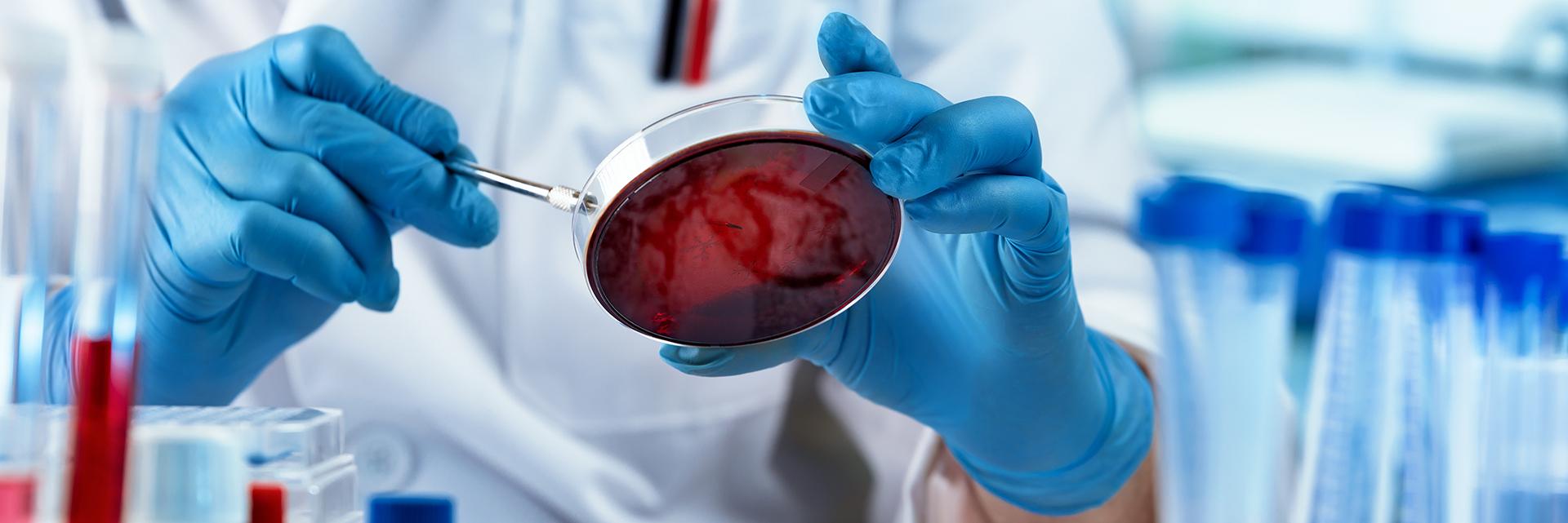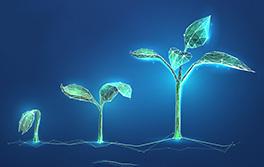What is patentable?
Last updated: 2.11.2022

New inventions in all fields of technology are patentable, and that includes those in biotechnology. The same rules and requirements apply here as for any other technical field. However, there are some additional rules concerning how a biotechnological invention might be defined, as well as what might be excluded on grounds of ethics and morals.
- What is patentable and what is not in the field of biotechnology?
-
Like all other technologies, inventions in biotechnology are in principle patentable under the law, and the same general patent examination rules and processes apply as for inventions from any other technical field.
According to the general patentability requirements, to be patentable an invention must in particular be new and inventive compared with everything that exists and is known already. In addition, the applicant must describe their invention in the patent application so comprehensively and clearly that an expert (e.g. a competitor) could understand and implement it.
At the same time, the European Patent Organisation's member states have agreed on a number of special rules that define what is patentable and what is not in the field of biotechnology. These rules are in line with the EU Biopatent Directive and concern, among other things, "living matter", especially inventions related to plants and animals. The law also gives guidance on inventions which cannot be patented for ethical reasons.

At the same time, the European Patent Organisation's member states have agreed on a number of special rules that define what is patentable and what is not in the field of biotechnology. These rules are in line with the EU Biopatent Directive and concern, among other things, "living matter", especially inventions related to plants and animals. The law also gives guidance on inventions which cannot be patented for ethical reasons.
- Plant patentability: rules and practice
-

Plants produced by breeding processes based on crossing and selection are not patentable. The EPO does not grant patents on these plants, nor on the process applied. This breeding method is often referred to as "biological", "traditional", "standard" or "conventional", unlike - for example - genetic engineering methods. This exclusion from patentability also encompasses parts of biologically produced plants such as seeds, crops and other propagation material. The law does not allow patents on plant varieties either. Varieties are certain subgroups of a plant species, such as the apple varieties Granny Smith and Pink Lady.
On the other hand, the EPC and the EU Biopatent Directive expressly allow patents on plants obtained by technical processes, as opposed to biological ones. This includes plants that have been genetically engineered or where a genetic modification (or mutation) in a plant is created by technical means, for example a new characteristic such as resistance to pests or to droughts or enhanced yield. In its examination practice the EPO ensures that European patents granted for such genetically altered plants do not cover plants that have been produced by biological processes and carry the same trait in question.
As a matter of course, to be patentable it is not enough that the plant in question is made by a technical process. The invention at stake must also fulfil all the other patentability requirements under the law, such as being novel and inventive. To ensure that the EPO comprehensively takes the relevant state of the art into consideration in the examination process, it exchanges data with the Community Plant Variety Office (CPVO). This enables patent examiners to ascertain whether plants with a particular characteristic are listed in the CPVO database of protected plant varieties.
Most European patent applications and granted European patents for plants concern genetically modified, transgenic plants. Roughly 8 500 patent applications have been filed and around 3 100 patents granted in Europe since 1995.
Under the law applicable to the forthcoming Unitary Patent, breeders may use plants and seeds protected by European patents (i.e. plants/seeds genetically altered by technical means) for further breeding without a licence. This "breeders' exemption" ensures access to breeding material and continuous innovation in the plant breeding field.
The European Patent Organisation's member states introduced the patentability prohibition for plants made by conventional processes on 1 July 2017, and it has applied since that date to newly filed European patent applications. Before this time such plants were still considered patentable, and a number of cases subject to the law previously in force are still pending at the EPO. More information on this and answers to other frequently asked questions related to plant patentability can be found here. The exact instructions for EPO patent examiners in the field of plant-related inventions can be found in section G-II, 5.4 of the Guidelines for Examination in the European Patent Office.
- Patentability of genetically modified animals
-
Patent applications at the EPO encompass genetically modified animals that are used in farming or medical research, make it possible to fight diseases or contribute to maintaining animal biodiversity.
As with plants, animals produced exclusively by breeding processes consisting of crossing and selection - for example farm animals - are not patentable. The same applies to animal "varieties", such as Holstein cows and Labrador dogs.

Inventions in biotechnology contribute to animal well-being by correcting genes responsible for hereditary genetic diseases or allowing animals to survive habitat change. Modifying animals may also help to fight diseases such as those that are insect-borne. However, a number of patent applications filed with the EPO concern genetically modified animals for use in medical research. The animals - mice, rats, but also other species - are typically altered, for example, to develop a specific disease so that the effectiveness of medical treatments can be tested on them. The intended research may target life-threatening conditions such as Alzheimer's, Parkinson's or cancer. There are strict regulations in force in the EU and the European Patent Organisation's member states on the conditions for using animals in scientific research.
Under the EPC and in line with the EU's Biopatent Directive, such genetically altered animals may only be patented if animal suffering is outweighed by the expected medical benefit and the invention's usefulness to humankind. All relevant factors are carefully weighed up, including societal views on the animal testing as well as possible risks to the environment.
- Ethical and moral considerations in patent examination
-

The EPO also takes ethical considerations into account when examining European patent applications and patents. Inventions whose exploitation is deemed to be contrary to conventionally accepted standards and norms of right and wrong in European society are not patentable. The 38 European Patent Organisation member states have clarified in law, in line with the EU Biopatent Directive, the biotechnical inventions that are not patentable. They are in particular inventions endangering human dignity and integrity, for example human cloning, commercial uses of human embryos and processes to produce chimeras from germ cells or totipotent cells of humans and animals. The EPO takes into account the development of alternative technologies that achieve the same benefits for humankind while safeguarding human dignity and integrity. For example, and in accordance with European regulation, the EPO grants patents on the use of human embryonic stem cells derived from parthenotes and their use in cell therapy.
- Respect for traditional knowledge
-
The EPO uses powerful tools and very comprehensive databases when performing a search to determine whether the invention claimed in a patent application is new or not.
To avoid undue privatisation of traditional knowledge already in the public domain, the EPO has promoted improvements in information classification in this area and also searches specialised databases which provide information related to traditional medicine, in particular databases describing Chinese and Korean traditional knowledge.
